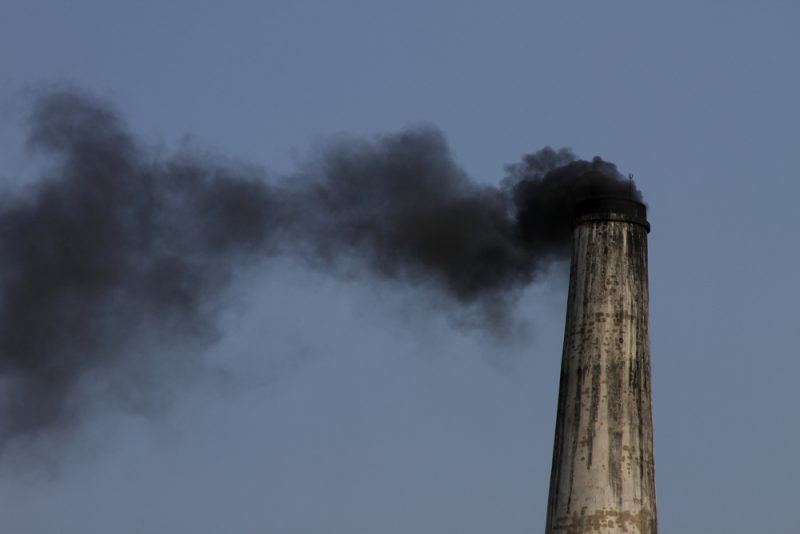Sulfur dioxide, nitrogen oxides emissions down more than 70 percent following coal sector changes

Declining use of coal-fired generation and tighter environmental regulations have reduced emissions of sulfur dioxide (SO2) and nitrogen oxides (NOx) by 88 percent and 76 percent, respectively, according to the U.S. Energy Information Administration.
The decrease is primarily seen between 1997 and 2017, as an industry responsible for 90 percent of U.S. SO2 emissions and 76 percent of NOx emissions faced major challenges and changes. The Clean Air Act Amendments of 1990 played their part, but so did the fact that coal use has been in decline since 2007, driven by competition from natural gas and renewables. During the same period, coal made up more than 50 percent of U.S. electricity generation in 1997. Today it has plummeted to 30 percent, while natural gas and renewables have climbed to nearly 50 percent of generation.
It is not just that the industry is burning less coal, though. The emissions rates themselves are declining. At one time, coal generation was pumping out 14.6 lbs of SO2 and 6.4 lbs of NOx per megawatt-hour (Mwh). As of 2017, those figures are down to a fraction of that, at 2.4 and 1.5 pounds per Mwh, respectively. The Acid Rain Program of emissions capping, the compliance demanded by the Mercury and Air Toxics Standards and the Clean Air Interstate Rule (later the Cross-State Air Pollution Rule) have all played their part in achieving this.
It was 27 states largely responsible for these declines, however. Ohio and Indiana saw some of the greatest declines in both SO2 and NOx emissions between 1997 and 2017.
